2,6-Diiodo-4-nitrophenol
- CAS NO.:305-85-1
- Empirical Formula: C6H3I2NO3
- Molecular Weight: 390.9
- MDL number: MFCD00007335
- EINECS: 206-170-4
- SAFETY DATA SHEET (SDS)
- Update Date: 2024-12-18 14:07:02
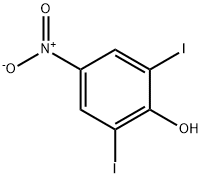
What is 2,6-Diiodo-4-nitrophenol?
Chemical properties
light yellow feathery crystals or yellow crystalline solid
The Uses of 2,6-Diiodo-4-nitrophenol
2,6-Diiodo-4-nitrophenol is useful for statistical methods for developing QSARs to predict toxicity of phenols to Tetrahymena pyriformis.
Definition
ChEBI: Disophenol is a member of 4-nitrophenols.
General Description
Light yellow feathery crystals (from glacial acetic acid) or yellow crystalline solid Used against hookworm.
Air & Water Reactions
Insoluble in water.
Reactivity Profile
2,6-Diiodo-4-nitrophenol is a halogenated and nitrated phenol. Reacts as a weak acid. Incompatible with strong reducing substances such as hydrides, nitrides, alkali metals, and sulfides. Flammable gas (H2) is often generated, and the heat of the reaction may ignite the gas. May generate heat with bases.
Health Hazard
ACUTE/CHRONIC HAZARDS: When heated to decomposition 2,6-Diiodo-4-nitrophenol emits very toxic fumes.
Fire Hazard
Flash point data for 2,6-Diiodo-4-nitrophenol are not available. 2,6-Diiodo-4-nitrophenol is probably combustible.
Safety Profile
Poison by ingestion, intraperitoneal, subcutaneous, intravenous, and parented routes. An anthelmintic. When heated to decomposition it emits very toxic fumes of Iand NO,. See also NITRO COMPOUNDS of AROMATIC HYDROCARBONS.
Toxicology
2,6-Diiodo-4-nitrophenol is toxic, with signs of toxicity in experimental animals (rodents and hounds) manifesting as increased respiration, heart rate and body temperature, as well as very rapid rigours. The increased toxicity after repeated administration is related to the accumulation of 2,6-Diiodo-4-nitrophenol in the plasma[1].
References
[1] KAISER J A. Studies on the toxicity of disophenol (2,6-diiodo-4-nitrophenol) to dogs and rodents plus some comparisons with 2,4-dinitrophenol[J]. Toxicology and applied pharmacology, 1964. DOI:10.1016/0041-008X(64)90108-5.
Properties of 2,6-Diiodo-4-nitrophenol
| Melting point: | 152-154 °C(lit.) |
| Boiling point: | 310.6±42.0 °C(Predicted) |
| Density | 2.5630 (estimate) |
| storage temp. | 2-8°C(protect from light) |
| solubility | DMSO (Slightly), Methanol (Slightly) |
| form | Solid |
| pka | 3.85±0.44(Predicted) |
| color | Pale Yellow |
| Water Solubility | very sparingly soluble |
| Sensitive | Light Sensitive |
| Merck | 14,3359 |
| BRN | 2052233 |
| Stability: | Stable. |
| InChI | InChI=1S/C6H3I2NO3/c7-4-1-3(9(11)12)2-5(8)6(4)10/h1-2,10H |
| CAS DataBase Reference | 305-85-1(CAS DataBase Reference) |
| NIST Chemistry Reference | 2,6-Diiodo-4-nitrophenol(305-85-1) |
| EPA Substance Registry System | 2,6-Diiodo-4-nitrophenol (305-85-1) |
Safety information for 2,6-Diiodo-4-nitrophenol
| Signal word | Danger |
| Pictogram(s) |
 Skull and Crossbones Acute Toxicity GHS06 |
| GHS Hazard Statements |
H301:Acute toxicity,oral H312:Acute toxicity,dermal H315:Skin corrosion/irritation H319:Serious eye damage/eye irritation H332:Acute toxicity,inhalation H335:Specific target organ toxicity, single exposure;Respiratory tract irritation |
| Precautionary Statement Codes |
P261:Avoid breathing dust/fume/gas/mist/vapours/spray. P264:Wash hands thoroughly after handling. P264:Wash skin thouroughly after handling. P270:Do not eat, drink or smoke when using this product. P271:Use only outdoors or in a well-ventilated area. P280:Wear protective gloves/protective clothing/eye protection/face protection. P310:Immediately call a POISON CENTER or doctor/physician. P330:Rinse mouth. P362:Take off contaminated clothing and wash before reuse. P302+P352:IF ON SKIN: wash with plenty of soap and water. P304+P340:IF INHALED: Remove victim to fresh air and Keep at rest in a position comfortable for breathing. P305+P351+P338:IF IN EYES: Rinse cautiously with water for several minutes. Remove contact lenses, if present and easy to do. Continuerinsing. P332+P313:IF SKIN irritation occurs: Get medical advice/attention. P337+P313:IF eye irritation persists: Get medical advice/attention. P405:Store locked up. P403+P233:Store in a well-ventilated place. Keep container tightly closed. P501:Dispose of contents/container to..… |
Computed Descriptors for 2,6-Diiodo-4-nitrophenol
| InChIKey | UVGTXNPVQOQFQW-UHFFFAOYSA-N |
| SMILES | C1(O)=C(I)C=C([N+]([O-])=O)C=C1I |
2,6-Diiodo-4-nitrophenol manufacturer
D H O Organics
New Products
Tert-butyl bis(2-chloroethyl)carbamate (S)-3-Aminobutanenitrile hydrochloride N-Boc-D-alaninol N-BOC-D/L-ALANINOL N-octanoyl benzotriazole 4-Hydrazinobenzoic acid 3,4-Dibenzyloxybenzaldehyde Electrolytic Iron Powder 1,1’-CARBONYLDIIMIDAZOLE R-2-BENZYLOXY PROPIONIC ACID 4-HYDROXY BENZYL ALCOHOL 1,1’-CARBONYLDI (1,2-4 TRIAZOLE) S-2-CHLORO PROPIONIC ACID (2-Hydroxyphenyl)acetonitrile 4-Bromopyrazole 5-BROMO-2CYANO PYRIDINE 5,6-Dimethoxyindanone 5-broMo-2-chloro-N-cyclopentylpyriMidin-4-aMine 3-(Hydroxymethyl)benzoate N-Boc-2-chloroethylamine 1-Bromo-2-methoxy-3-nitrobenzene N-Methyl-3-cyclopenten-1-amine 2-Bromo-3-hydroxybenzaldehyde 1H-indazole-5-carboxamideRelated products of tetrahydrofuran
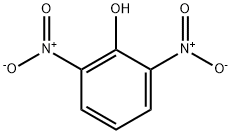


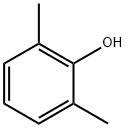
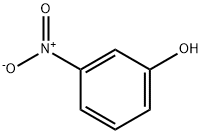
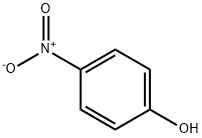

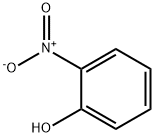
You may like
-
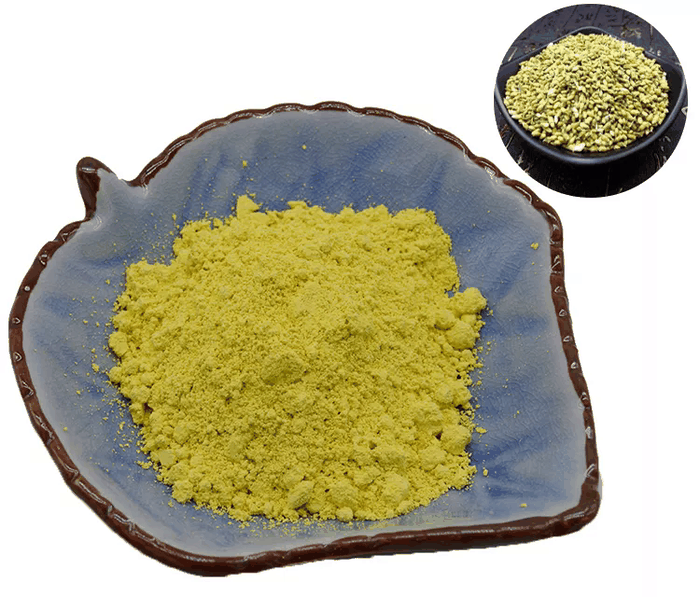 305-85-1 2,6-DIIODO-4-NITROPHENOL 98%View Details
305-85-1 2,6-DIIODO-4-NITROPHENOL 98%View Details
305-85-1 -
 305-85-1 98%View Details
305-85-1 98%View Details
305-85-1 -
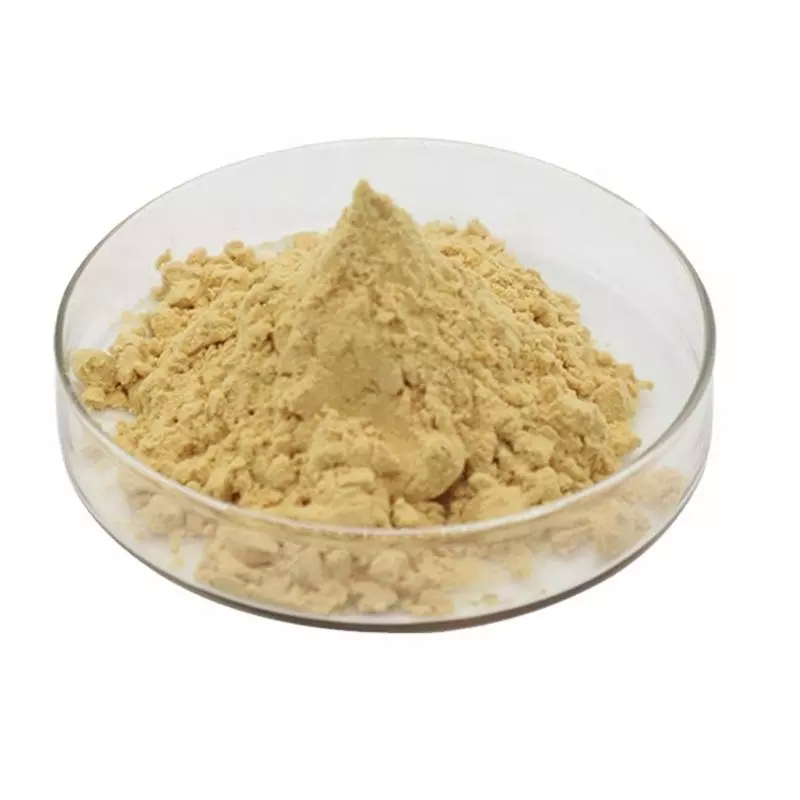 2,6-Diiodo-4-nitrophenol 98%View Details
2,6-Diiodo-4-nitrophenol 98%View Details
305-85-1 / 8026-93-5 -
 7441-43-2 98%View Details
7441-43-2 98%View Details
7441-43-2 -
 1260741-78-3 6-Bromo-3-iodo-1-methyl-1H-indazole 98%View Details
1260741-78-3 6-Bromo-3-iodo-1-methyl-1H-indazole 98%View Details
1260741-78-3 -
 4-bromo-3,5-dimethylbenzenesulfonyl chloride 1581266-79-6 98%View Details
4-bromo-3,5-dimethylbenzenesulfonyl chloride 1581266-79-6 98%View Details
1581266-79-6 -
 2490430-37-8 98%View Details
2490430-37-8 98%View Details
2490430-37-8 -
 N-(5-Amino-2-methylphenyl)acetamide 5434-30-0 98%View Details
N-(5-Amino-2-methylphenyl)acetamide 5434-30-0 98%View Details
5434-30-0